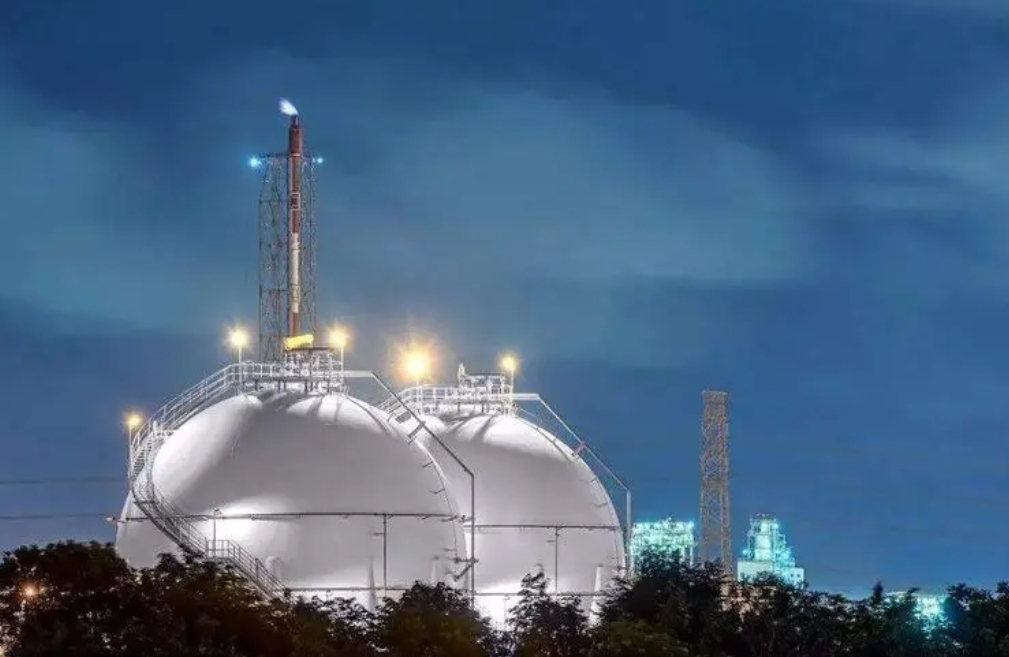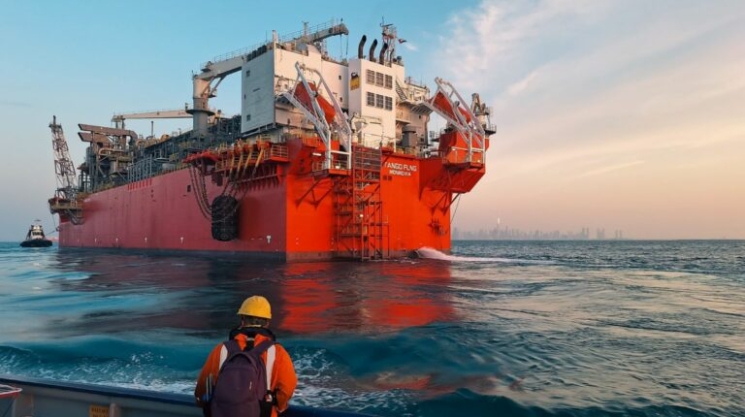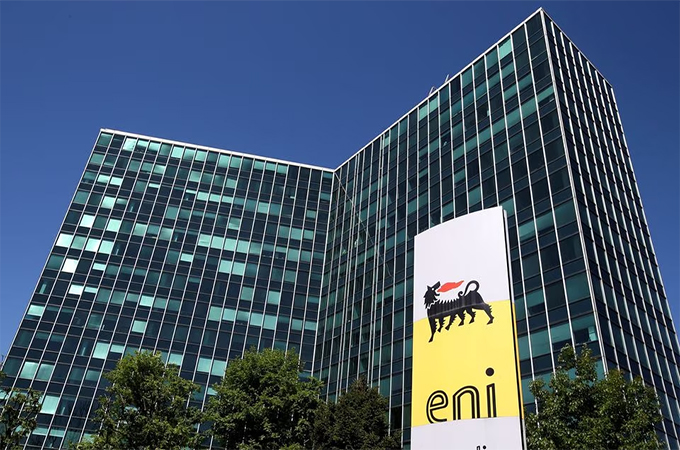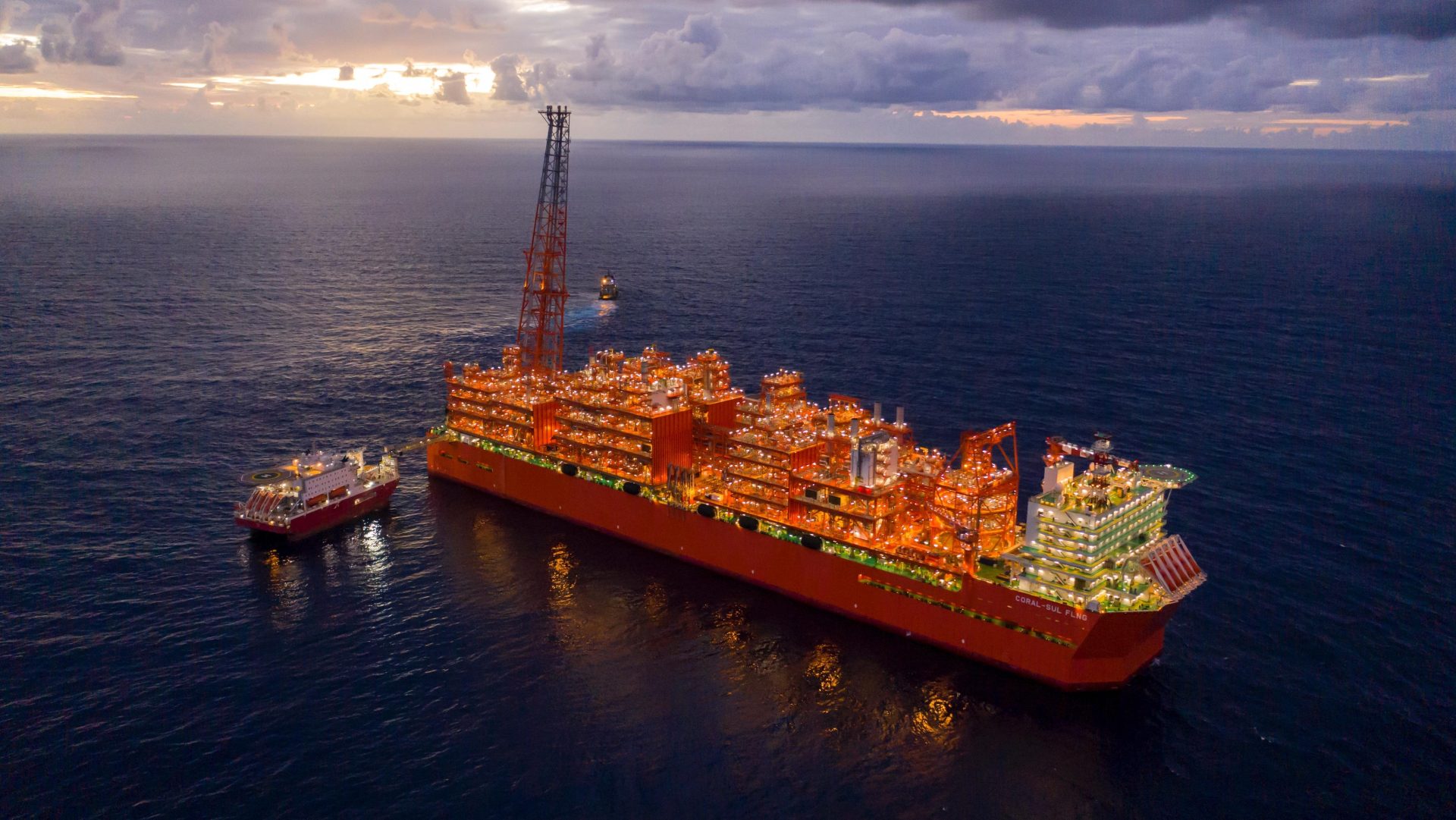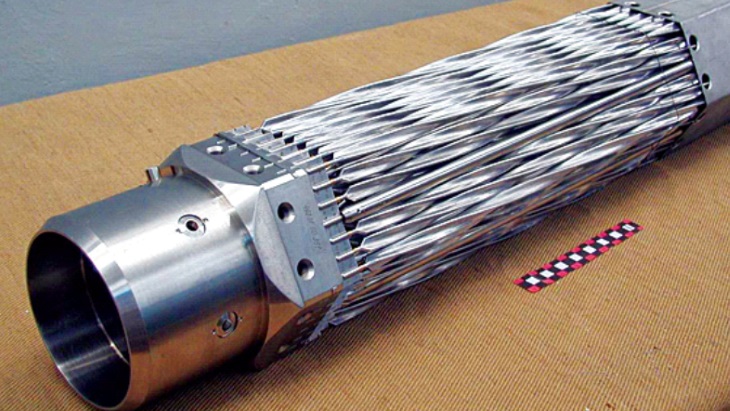
Lightbridge said the assessment will cover key areas including mechanical design, neutronics analysis, and thermal and thermal-hydraulic evaluations. The findings from the engineering study will play an important role in guiding future economic evaluations and navigating potential regulatory licensing-related issues, it added.
The company says its proprietary Lightbridge Fuel technology - which features metallic fuel rods with a helical multi-lobe design - can significantly enhance reactor safety, economics, and proliferation resistance for existing light water reactors and PHWRs. It is also developing Lightbridge Fuel for small modular reactors "to bring the same benefits plus load-following with renewables on a zero-carbon electric grid".
"Today's announcement is an important step for Lightbridge," Seth Grae, President and CEO of Lightbridge said. "This engineering study will help us assess the viability of using Lightbridge Fuel in a Candu reactor, which will help guide our commercialisation pathway in determining the types of reactors that we prioritise.
"The distinctive design of Candu reactors, such as the smaller dimensions of Candu fuel rods and shorter irradiation time of the fuel in the core as well as their unique refueling process, highlight their potential appeal. Positive confirmation from this engineering study potentially will provide us with the opportunity to expedite our commercialisation timelines."
"We are pleased to collaborate with Lightbridge on this engineering study to investigate the advantages of using Lightbridge’s innovative nuclear fuel in Candu reactors," added Daniela Diaconu, Scientific Deputy Director of ICN Pitești, a subsidiary of Regia Autonoma Tehnologii pentru Energia Nucleara (RATEN). "This engineering study is in line with our mission of supporting the development of technologies that ensure national scientific and technical support in the field of nuclear power and contributes to sustaining international cooperation."
RATEN also promotes the development and application of nuclear technologies in medicine, industry or agriculture, adding an important contribution to increasing the standard of living for the benefit of citizens.
Cernavoda is the only nuclear power plant in Romania and consists of two 650 MWe PHWRs. Unit 1 went into commercial operation in 1996 and unit 2 in 2007. Most of the work on units 3 and 4 - like units 1 and 2, Candu-6 reactors - was done in the 1980s prior to the fall of the government of Nicolae Ceausescu in 1989.
Lightbridge's metal nuclear fuel technology has been developed with support from the US Department of Energy (DOE) through its Gateway for Accelerated Innovation in Nuclear (GAIN) programme. This programme provides the nuclear community with access to technical, regulatory, and financial support to help bring innovative technologies to commercialisation while ensuring the continued safe, reliable, and economic operation of the existing US nuclear fleet. It does this by awarding vouchers which give advanced nuclear technology innovators access to the research capabilities and expertise available across the DOE's national laboratory complex.
Lightbridge has twice been awarded GAIN vouchers to support the development of Lightbridge Fuel, and has a long-term strategic partnership with Idaho National Laboratory (INL).
In December 2022, Lightbridge signed two "umbrella" agreements - a Strategic Partnership Project Agreement and a Cooperative Research and Development Agreement - with Battelle Energy Alliance, LLC, DOE's operating contractor for INL, with an initial duration of seven years.
The initial phase of work under the two agreements will culminate in irradiation testing in INL's Advanced Test Reactor (ATR) of fuel samples using enriched uranium supplied by DOE, providing performance data for Lightbridge's delta-phase uranium-zirconium alloy. This data will support fuel performance modelling and regulatory licensing efforts for the commercial deployment of Lightbridge Fuel, the company said.
Subsequent phases of work under the two umbrella agreements will include post-irradiation examination of the irradiated fuel samples, loop radiation testing in the ATR, and post-irradiation examination of one or more uranium-zirconium fuel rodlets, as well as transient experiments in INL's Transient Reactor Test Facility.

